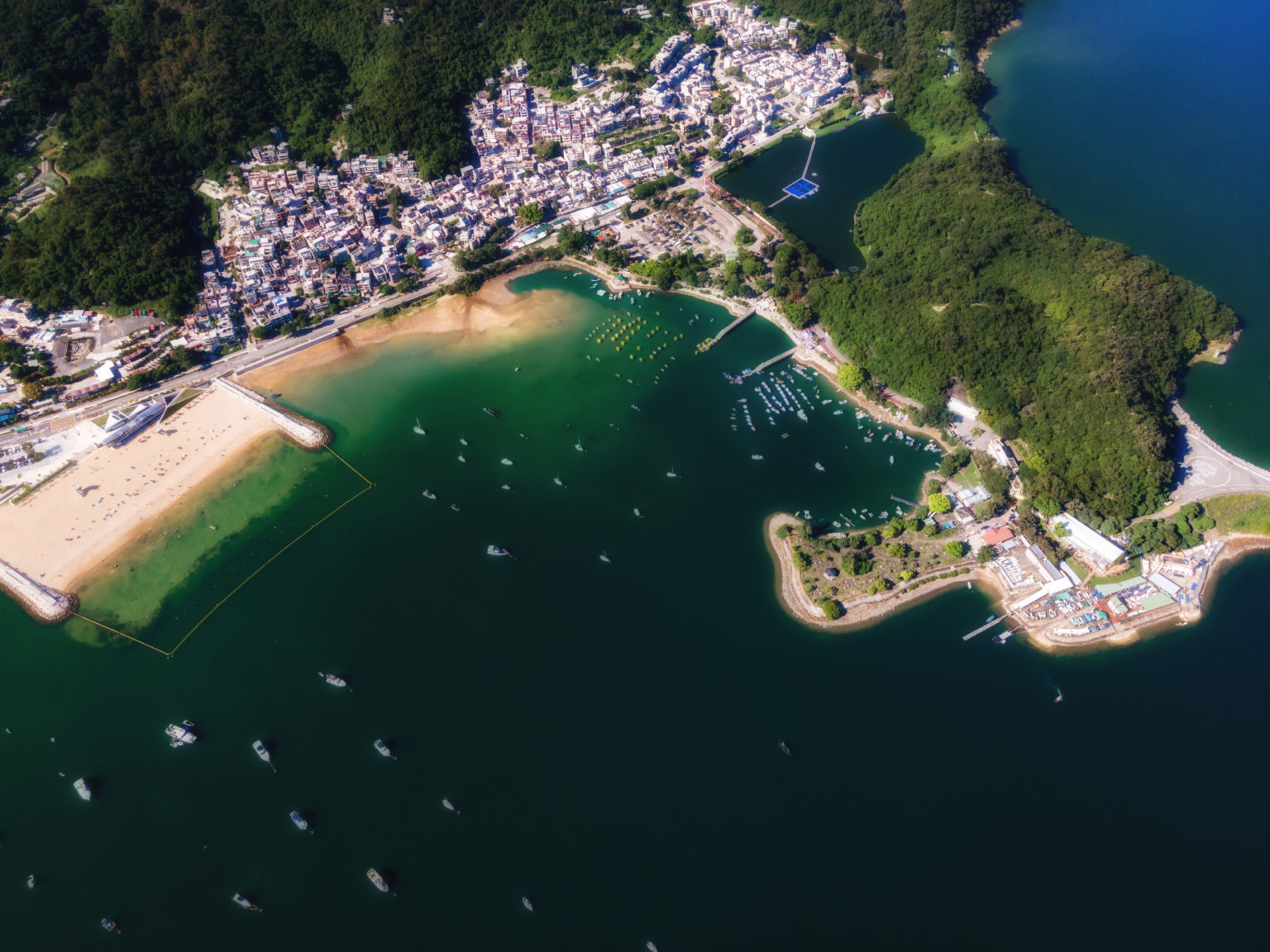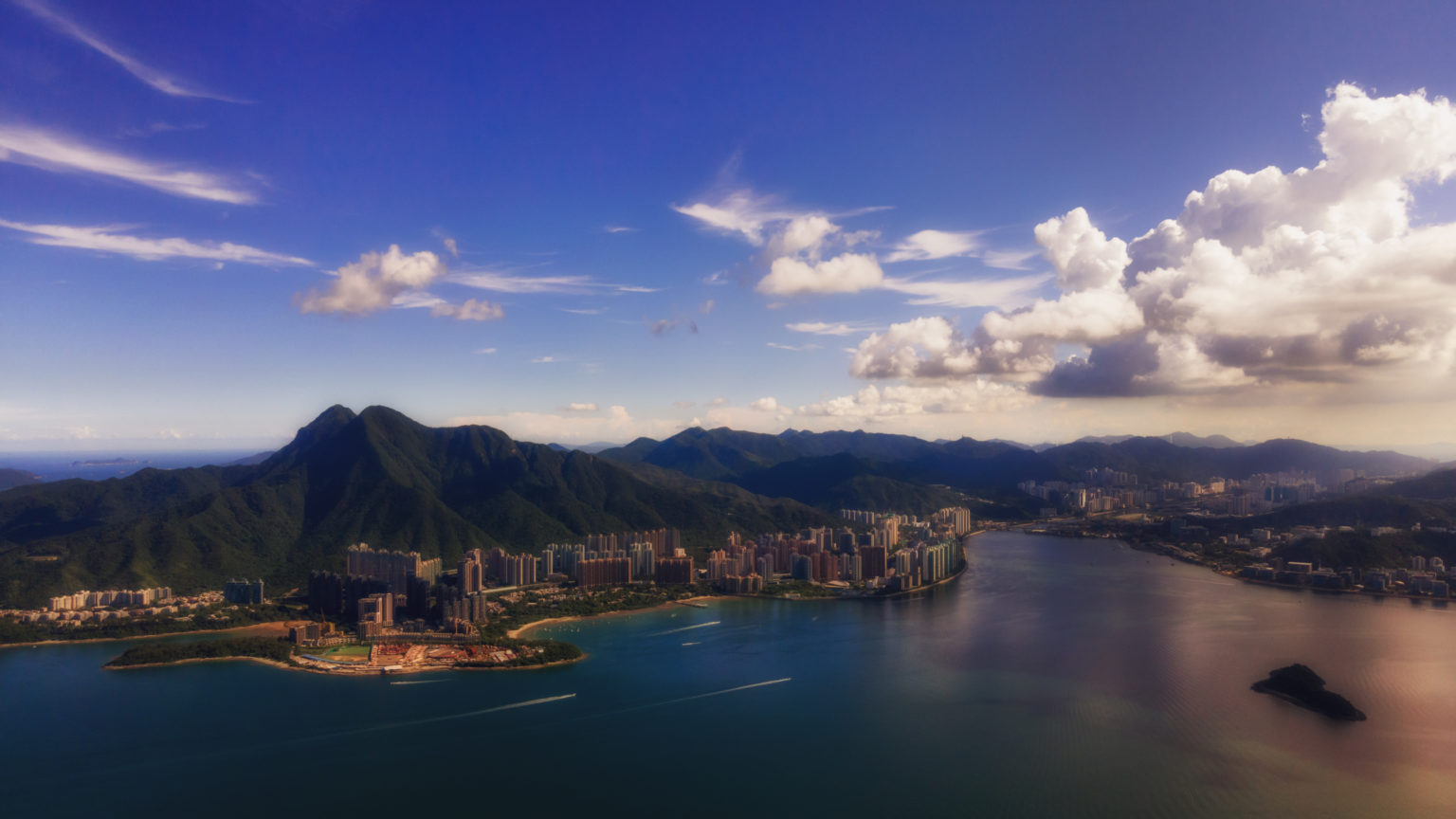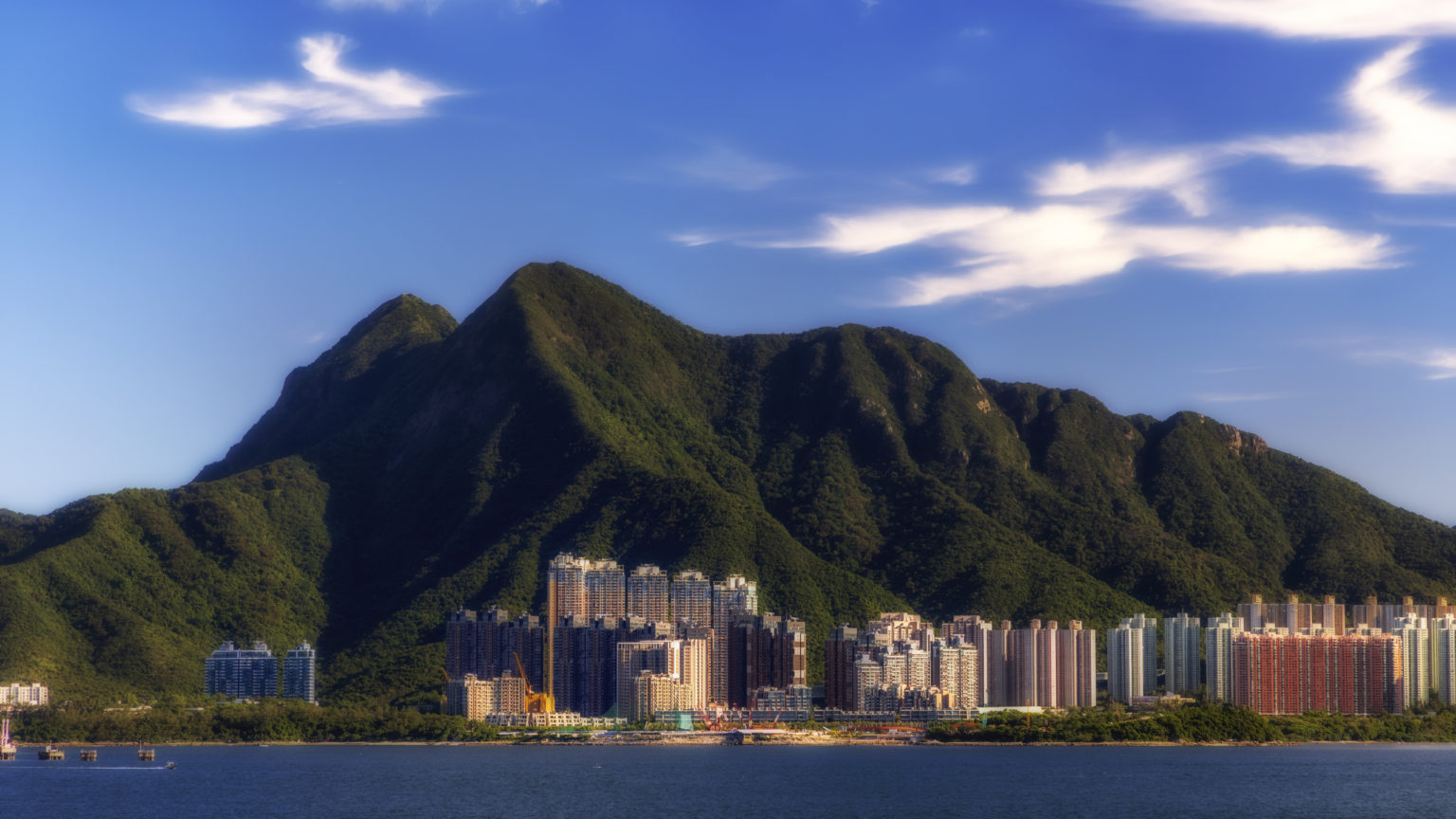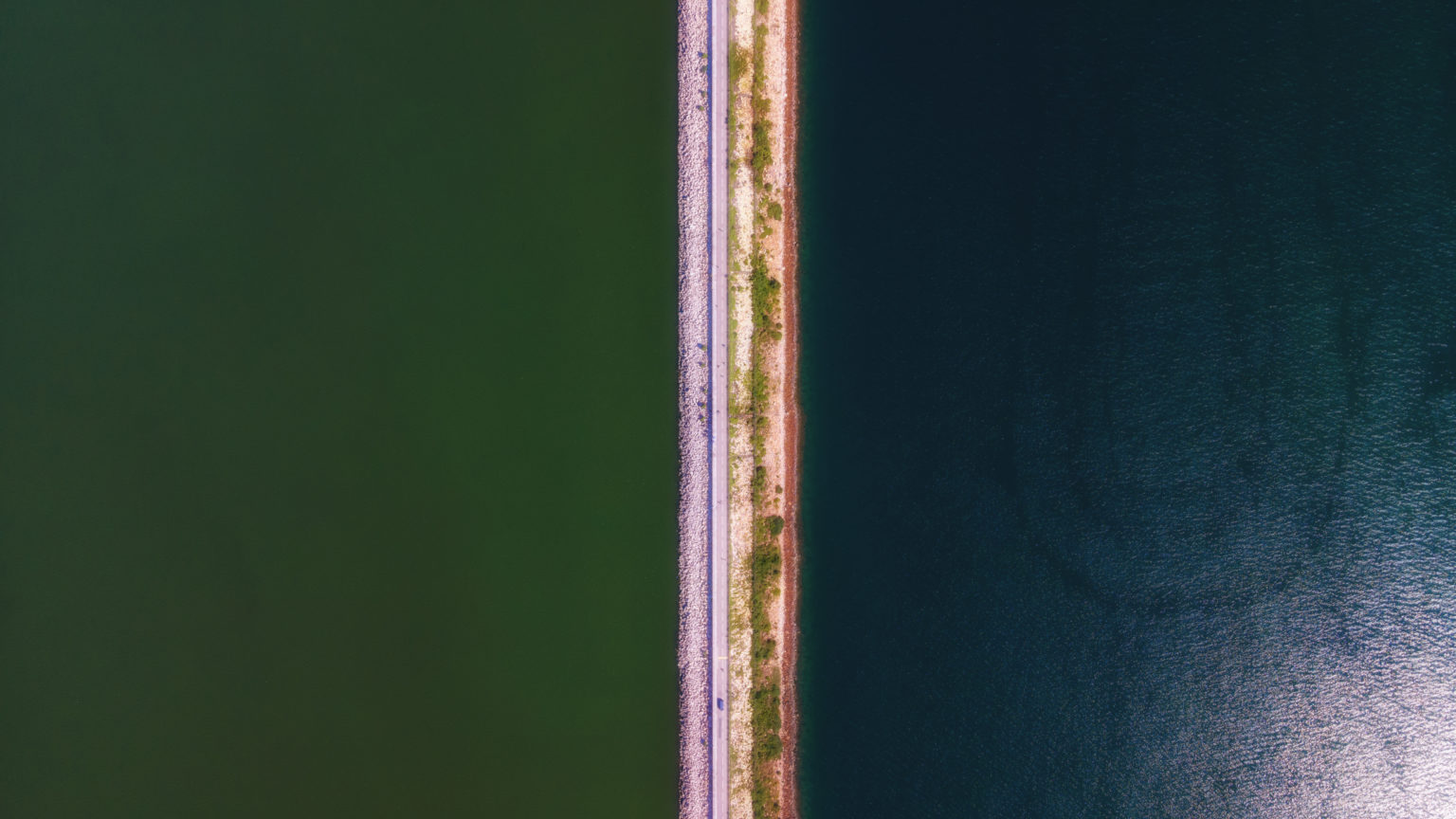Name(English): Plover Cove Reservoir
Name(Chinese): 船灣淡水湖
Category: Outdoor Activities
Address(English): Plover Cove Country Park
Address(Chinese): 新界大埔區船灣郊野公園
Address Google Map Link: https://goo.gl/maps/iJQbNYBJbcNEKux48
Address longitude and latitude: 22.462185625242284, 114.24083620919272
Opening Hours:
MON 00:00 – 23:59
TUE 00:00 – 23:59
WED 00:00 – 23:59
THU 00:00 – 23:59
FRI 00:00 – 23:59
SAT 00:00 – 23:59
SUN 00:00 – 23:59
Recommended Time to Visit: 10:00 – 17:30
Accessibility Note: Need to walk up stairs during the journey
Reminder: Take minibus no.20C from Tai Po MTR Station and off at the last stop
Nestled amongst the picturesque Plover Cove Country Park, the Plover Cove Reservoir appeals to nature-lovers as a convenient destination for a day out. Very few, however, would realise the dexterity of its construction, as well as its historical significance, which is particularly relevant against the social and political backdrop today.
Largest in area and second in volume among the many reservoirs in Hong Kong, the Plover Cove Reservoir was the first freshwater coastal lake built in the city. As Hong Kong lacked inland water bodies to support its rapid population and industrial growth in the 1950s through 1970s, the colonial British government started to look for alternatives in order to achieve self-sufficiency in freshwater supply. It turned to constructing reservoirs that would hold enough rainwater for the city’s consumption.


Plover Cove is blessed with geographical advantages like no other. Enclosed on three sides, the cove could be fully cut off from the sea by creating a dam that essentially would act as the fourth limb of a barred off area. By draining the sea water in the reservoir, the vacuum was then converted into a freshwater lake. Commenced in 1960 and completed in 1968, the reservoir was meant as a loyal guardian of the city’s essential freshwater resources. Following its completion, other major reservoirs such as the High Island Reservoir and the Lok On Pai Desalting Plant were also put in place for similar purposes.

Regrettably, self-sufficiency in freshwater supply has never been achieved in Hong Kong. In the light of the return of Hong Kong to China, the British government made a simultaneous decision to start buying water from the East River of China in 1965. Upon its completion, the Plover Cove reservoir served the purposes of rain catchment, as well as storing water from the East River. Gradually, imported water became the major source of freshwater in Hong Kong while local supply became secondary. A reliance on imported water has since sparked heated debates where skeptics worried that such practice would trade off Hong Kong’s autonomy.
Nowadays, the Plover Cove Reservoir sits quietly at the edge of the Plover Cove, nurturing a spectrum of freshwater species while catering for the needs of holiday hikers. At its heart, however, it shares the city’s constant struggle to be self-sufficient from outside influences. Next time you hike past the Reservoir, take a moment to feel it.


#PloverCoveReservoir #ShuenWan #TaiMeiTuk #explorehongkong #explorehk #visithongkong #hktravel #discoverhongkong #discoverhk #history #hkhistory #hongkonghistory #hongkongnature #outdoors #outdoor


